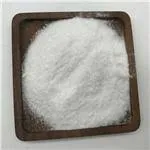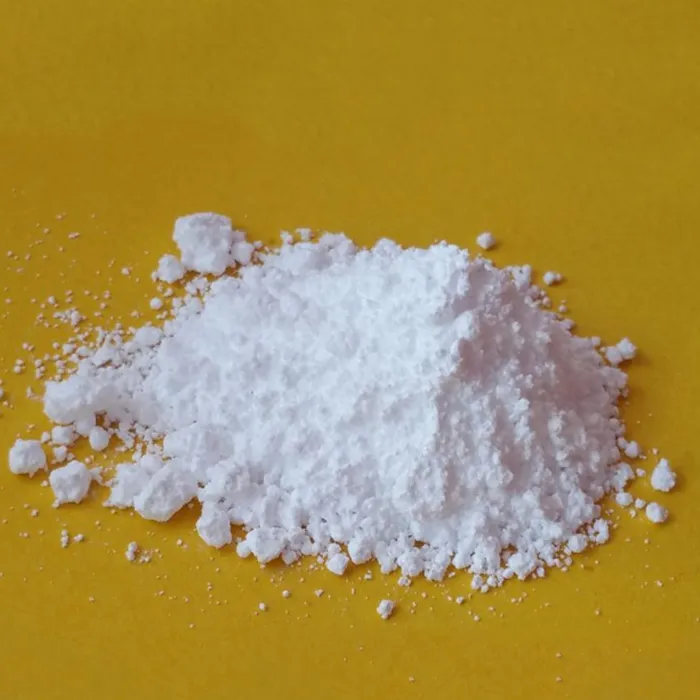

The visual appeal of plastic products owes much to additives like colorants and pigments. These compounds not only offer aesthetic variety but also help in product identification and branding. From the stark whites of medical equipment to the vibrant hues of children's toys, the right choice of colorant can transform a mundane plastic item into a captivating object. Antistatic agents are another noteworthy group, designed to combat static electricity problems in plastics. By enhancing the material's surface conductivity, they prevent dust accumulation and reduce the risk of static discharge. This function is crucial in electronics packaging and cleanroom environments, thereby augmenting the reliability of sensitive components. In addition to performance enhancements, additives also contribute to the production efficiency of plastics. Processing aids, for example, improve the flow and molding characteristics of the polymer, leading to smoother production processes and higher quality finished products. Such advancements underscore the significance of additives in modern manufacturing environments. With the rise of eco-consciousness, the focus on biodegradable and biobased additives is intensifying. These additives provide a pathway to reducing the environmental footprint of plastics, catering to the demand for sustainable solutions without sacrificing functionality. The incorporation of such innovative materials highlights an industry at the crossroads of tradition and transformation. In conclusion, while often overshadowed by the base polymers themselves, additives constitute an essential component in the production and performance of plastics. They wield the ability to not only enhance existing properties but also to open new horizons in terms of application and sustainability. As the industry evolves, the importance of additives, particularly in the context of regulatory compliance and environmental stewardship, will undeniably continue to grow. By understanding and leveraging these multifaceted components, manufacturers can ensure that their plastic products are not only optimal for their intended use but also aligned with the ever-changing demands of both the market and the environment.
Next:

